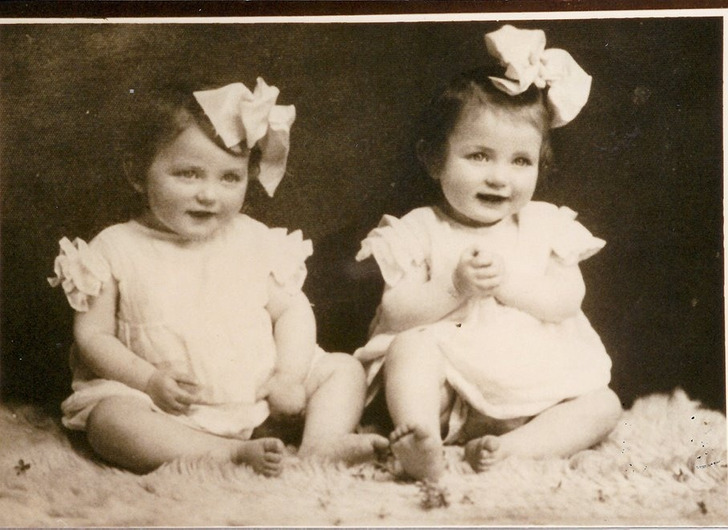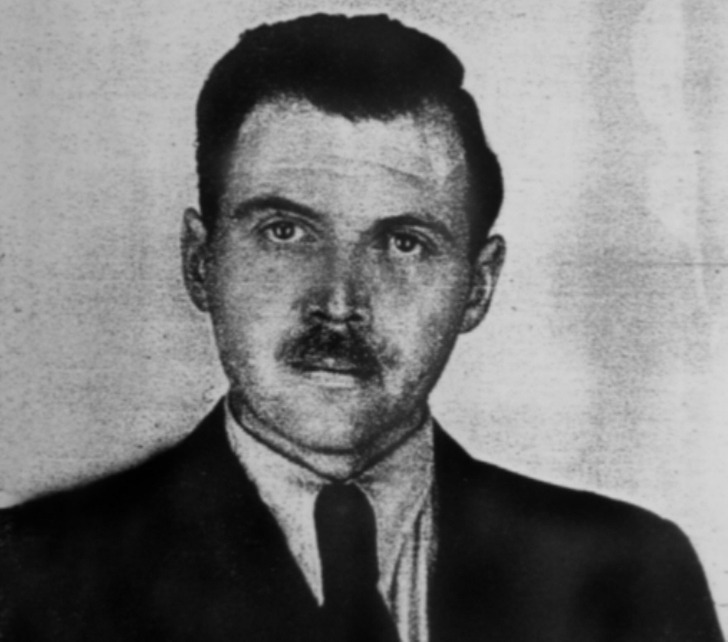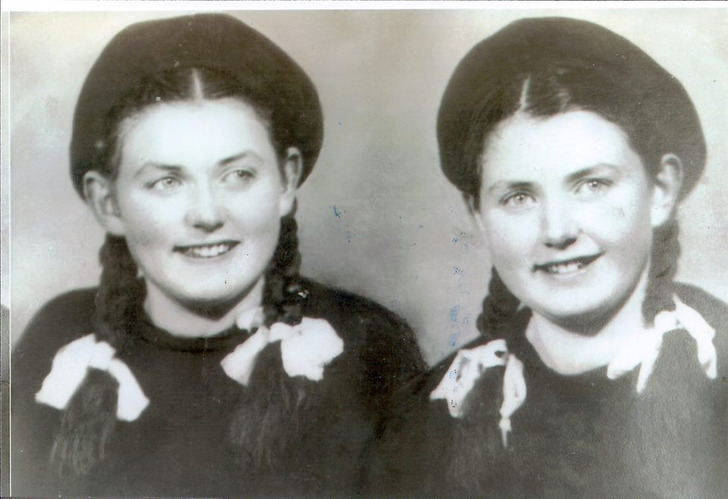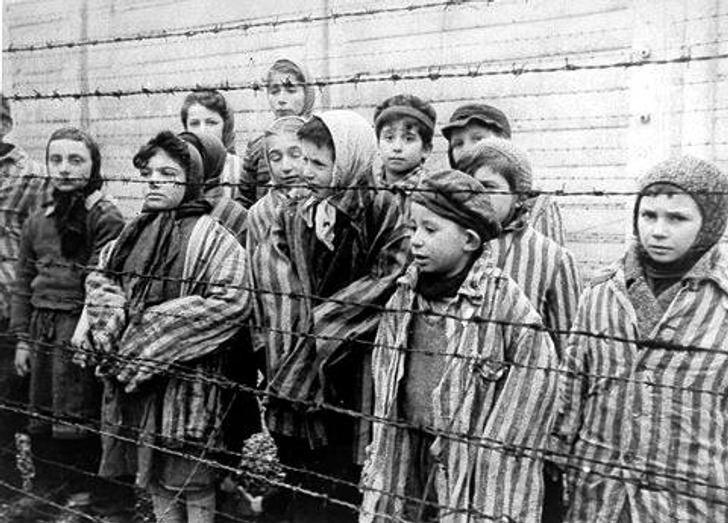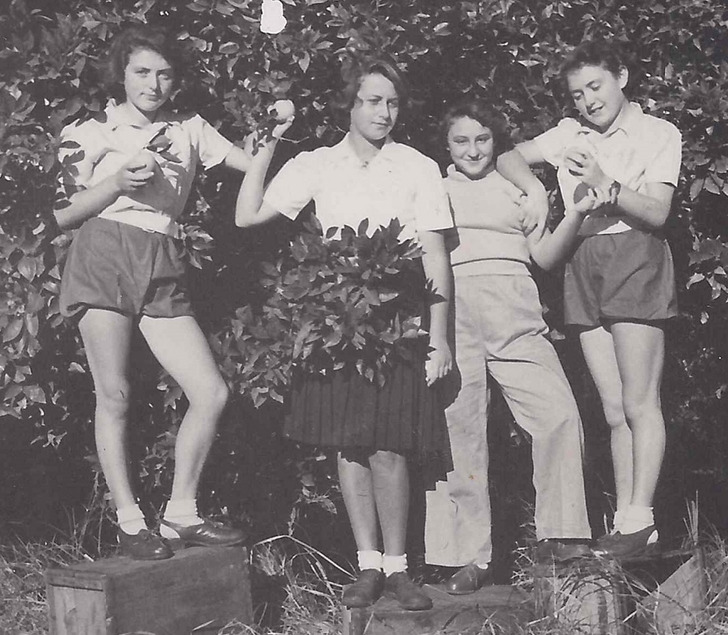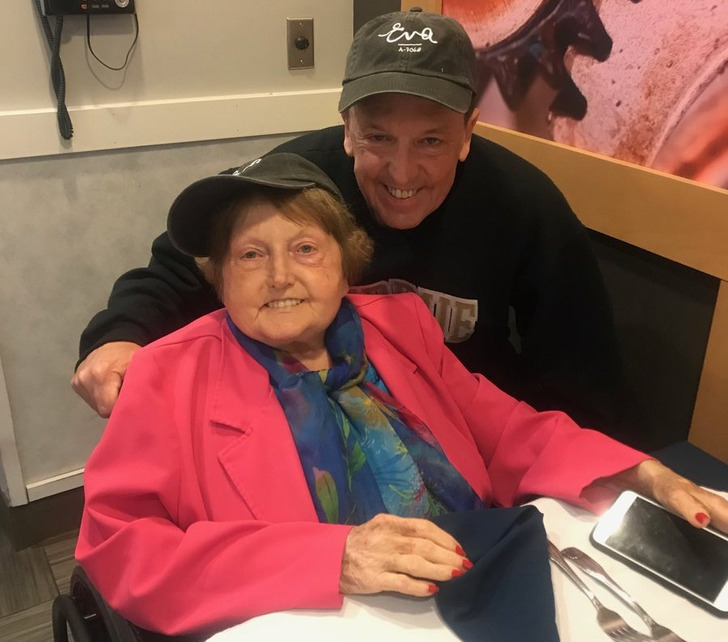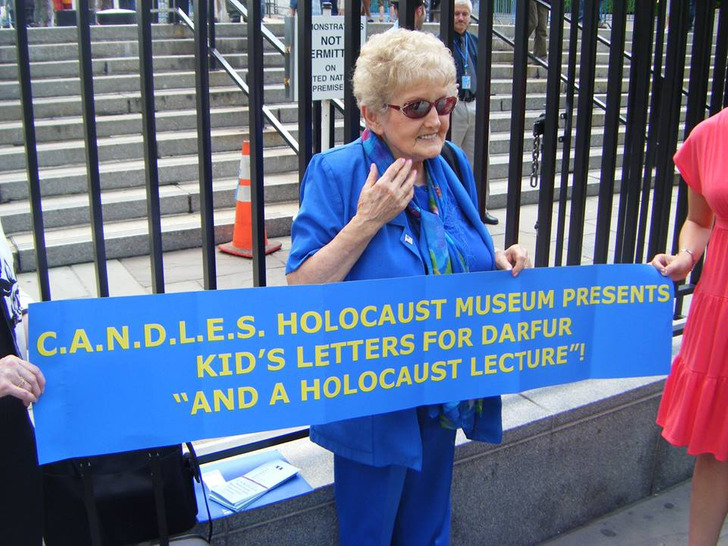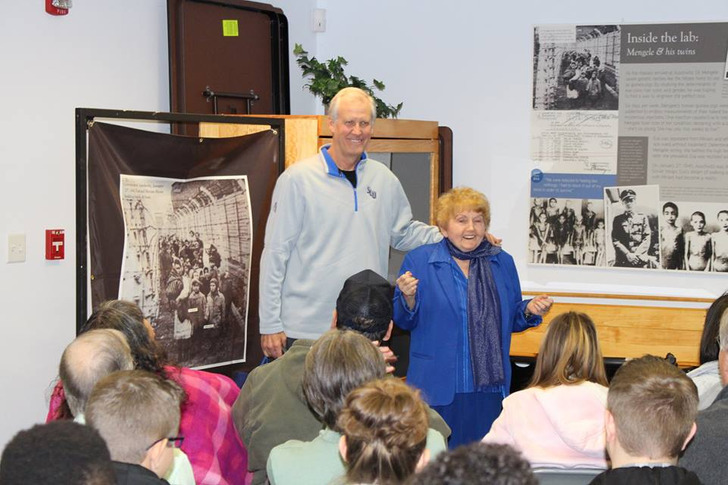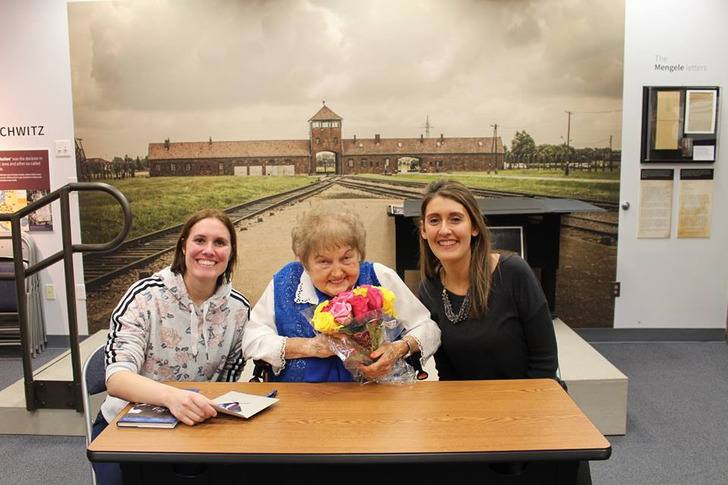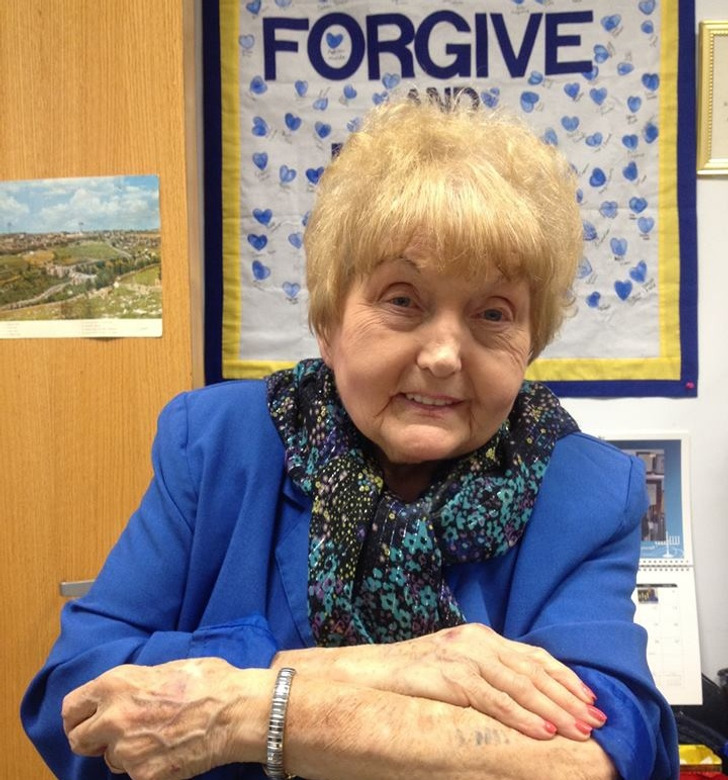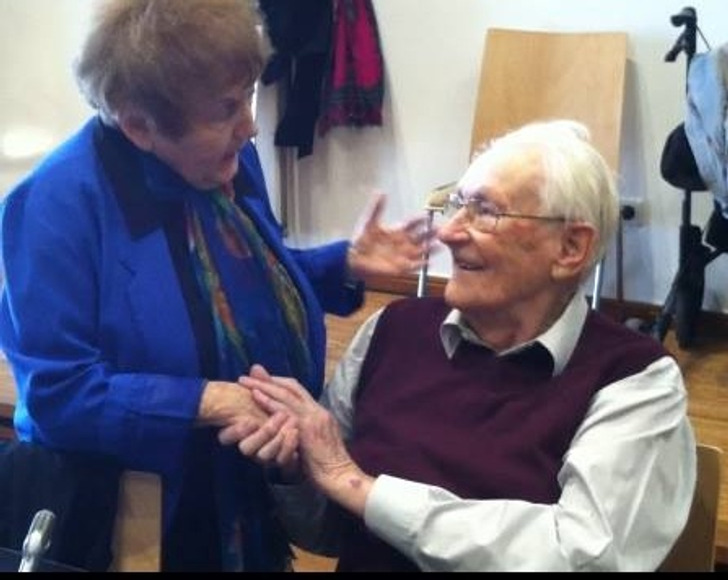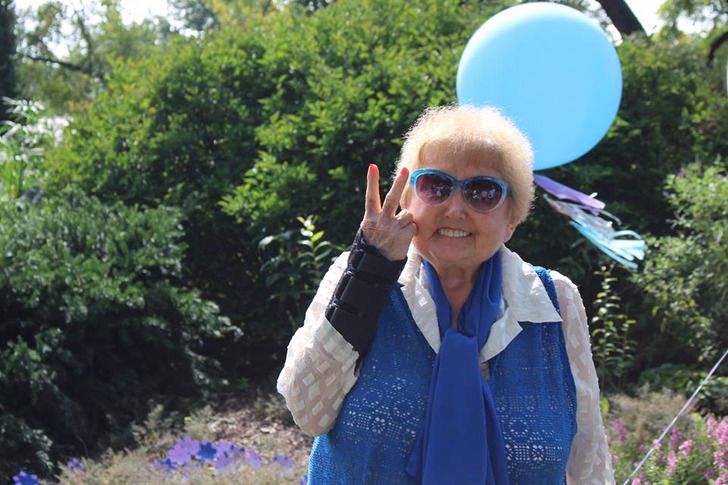This woman is incredibly strong.. Not everyone has a power to forgive, especially something cruel like this.
Now I want to watch the film
A Story of Twins Who Went Through Terrible Experiments and Stayed Alive
Eva Mozes Kor is a woman with an extremely difficult destiny who went through all the terrors of the Auschwitz concentration camp but found the strength to live on. She is 85 now and is active on Facebook and Twitter, she travels around the world, acts in documentary movies, writes books, and even established a museum dedicated to the history of Nazi experiments.
Bright Side was struck by Eva’s destiny and is going to share the most impressive moments of the story of a girl whose will to live turned out to be stronger than she ever imagined.
Childhood
Eva Mozes was born in Romania to a Jewish family. She had 2 older sisters, Edit and Aliz, and a twin-sister, Miriam.
Eva (to the left ) and her twin sister Miriam, 1935
In May 1944, the whole family was sent to Auschwitz. They traveled for 4 days on an overcrowded train that was previously used for transporting cattle. When Eva’s family arrived at the concentration camp, the warden asked her mother whether her daughters were twins. After receiving a positive reply, the girls were pulled out of their mother’s arms and taken to a separate shelter. Eva and Miriam never learned the further destiny of their parents and sisters. The last time the twins saw their parents and sisters was at the “farewell platform” in Auschwitz.
The experiments of the Angel of Death
Josef Mengele, 1965
The twin phenomenon excited many Nazi doctors, including the cruelest doctor in Auschwitz, Josef Mengele. He was even called the “Angel of Death.” There were about 1,500 twins like Eva and Miriam in Auschwitz, and no more than 300 survived. Tens of thousands of people became the victims of Mengele’s horrifying experiments. The doctor had an exceptionally scientific interest in twins because he wanted to increase the birth rate among Aryan women. He also wanted to find out how various diseases affect the human body.
Eva (to the right) and Miriam, 1949
Redemption
Eva and Miriam during the liberation from Auschwitz, January 27, 1945
On the 27th of January, 1945, one of the hostages of the concentration camp burst into the shelter where the sisters were staying shouting, “We are free!” The girls ran to the street and saw smiling people in white camouflage — they were hugging the hostages and giving out chocolate and cookies to them. These were the soldiers of the Red Army.
The soldiers of the red army freeing the prisoners of the camp
After being freed, the 11-year-old girls were placed in the custody of nuns. As Eva recollects, the nuns would give a lot of toys to the girls, but the girls were no longer able to play — their childhood had finished in Auschwitz forever.
After that, the sisters returned home to their port village in Romania, but their home was empty and vandalized. Eva says it was the saddest day in her life because she was hoping that someone from her family was still alive and that they would’ve returned home.
Life after Auschwitz
In 1950, when Eva and Miriam were 16, they got permission to migrate to Israel and settled down in the city of Haifa. Both girls also served in the Israeli army.
Eva and Miriam after being freed
In 1960, Eva Mozes married an American man named Michael Kor who was also a Holocaust survivor. The couple moved to the USA and had 2 kids — Alex and Rina. There Eva started to work as a real estate agent.
Eva Mozes Kor with her son Alex, 2019
For the rest of her life, Miriam suffered from a kidney disease that was caused by the experiments held on her in childhood. And though Eva had donated one of her kidneys to her sister, Miriam died in 1993. She was 59 years old at the time.
2 years after her sister’s death, Eva Mozes Kor established the CANDLES museum dedicated to the history of Nazi experiments on kids. The acronym stands for “Children of Auschwitz Nazi Deadly Lab Experiments Survivors.”
Eva Mozes Kor, 2016
Today Eva is actively engaged in educational activities, lectures, and guiding tours. Kor has published 2 autobiographical books and acted in several documentaries.
Eva Kor at the premier of a documentary movie, 2014
In 2007, Eva Mozes Kor worked with Indiana lawmakers to get a law passed that requires a review of the Holocaust in high schools.
Eva Mozes Kor during a lecture, 2019
Forgiving
Eva Kor showing her camp number A-7063
After her sister’s death, Eva made her way toward liberation, forgiveness, and healing.
In April 2015, Kor went to Germany to testify at the trial of the former Nazi, Oskar Gröning. During the trial, Eva went up to Gröning and hugged him. She says that she felt she had the power to forgive and can use it in whatever way she wants. Forgiveness made her stronger, helped her to cross out some terrible memories, and released her from her tragic past.
Eva Mozes Kor and Oskar Gröning, 2015
Given the scale of Nazi crimes, Eva’s declaration caused a mixed reaction. She replies to critics saying that she has been convinced over her long life that nothing good has ever come from malice or cruelty. That’s why any act of kindness wins over anger.
Eva Kor, 2018
In 2016, Eva Mozes Kor became the main heroine of a British documentary movie titled The Girl Who Forgave the Nazis.
Last year Ted Green Films released a documentary movie called Eva.
Comments
Related Reads
I’m Pregnant, and My Husband Left Me Behind in an Emergency to Save His Cat Instead

How Japanese Parents Teach Their Kids Not to Be Picky Eaters

Meg Ryan’s Fans Are Glad That the «Damage Wasn’t Permanent» as She’s Finally Looking Like a 62 Y.O.

10+ Celebrity Couples Who Broke Our Hearts With Their Divorce in 2023

14 Creative and Comfy Beds That Prove Bedrooms Don’t Have to Be Boring
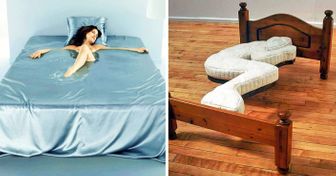
“Baywatch” Star, 55, Silences Critics Who Said She Was “Too Old to Wear a Bikini”

Helen Hunt, 60, Stuns During Her Latest Appearance, and Her Lips Become the Center of Attention

Tom Cruise Deemed Unrecognizable in New Pics With Prince William, as Some Say He Had “Too Much Surgery”

30+ Incredibly Cute Tattoo Designs That Even Your Mom Would Like
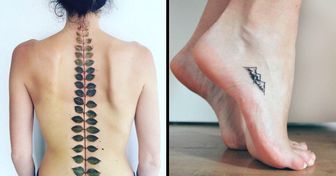
16 People Share the Weirdest Things Their Friends Did at School
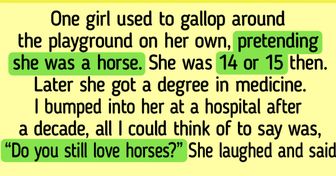
Keanu Reeves Finally Cuts His Long Hair, and His New Look Causes a Stir

Miley Cyrus Causes a Stir by “Leaving Nothing to the Imagination” as She Wears an Extremely Revealing Dress

